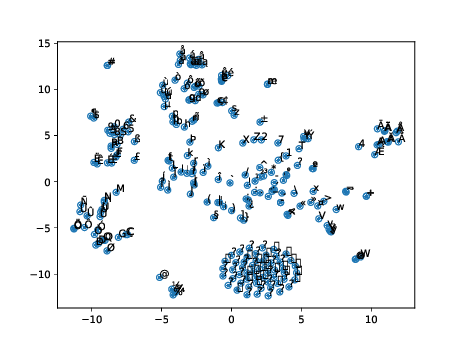Text Processing Like Humans Do: Visually Attacking and Shielding NLP Systems
Visual modifications to text are often used to obfuscate offensive comments in social media (e.g., "!d10t") or as a writing style ("1337" in "leet speak"), among other scenarios. We consider this as a new type of adversarial attack in NLP, a setting to which humans are very robust, as our experiments with both simple and more difficult visual input perturbations demonstrate. We then investigate the impact of visual adversarial attacks on current NLP systems on character-, word-, and sentence-level tasks, showing that both neural and non-neural models are, in contrast to humans, extremely sensitive to such attacks, suffering performance decreases of up to 82\%. We then explore three shielding methods---visual character embeddings, adversarial training, and rule-based recovery---which substantially improve the robustness of the models. However, the shielding methods still fall behind performances achieved in non-attack scenarios, which demonstrates the difficulty of dealing with visual attacks.
PDF Abstract NAACL 2019 PDF NAACL 2019 Abstract

